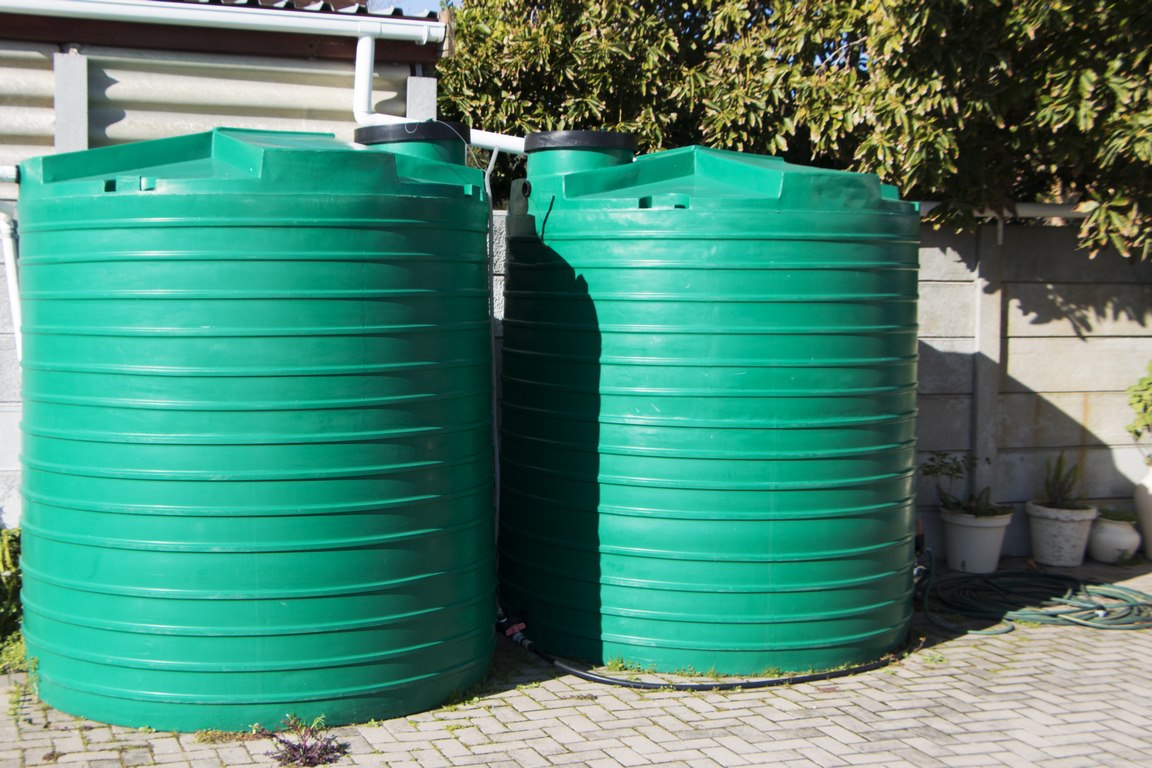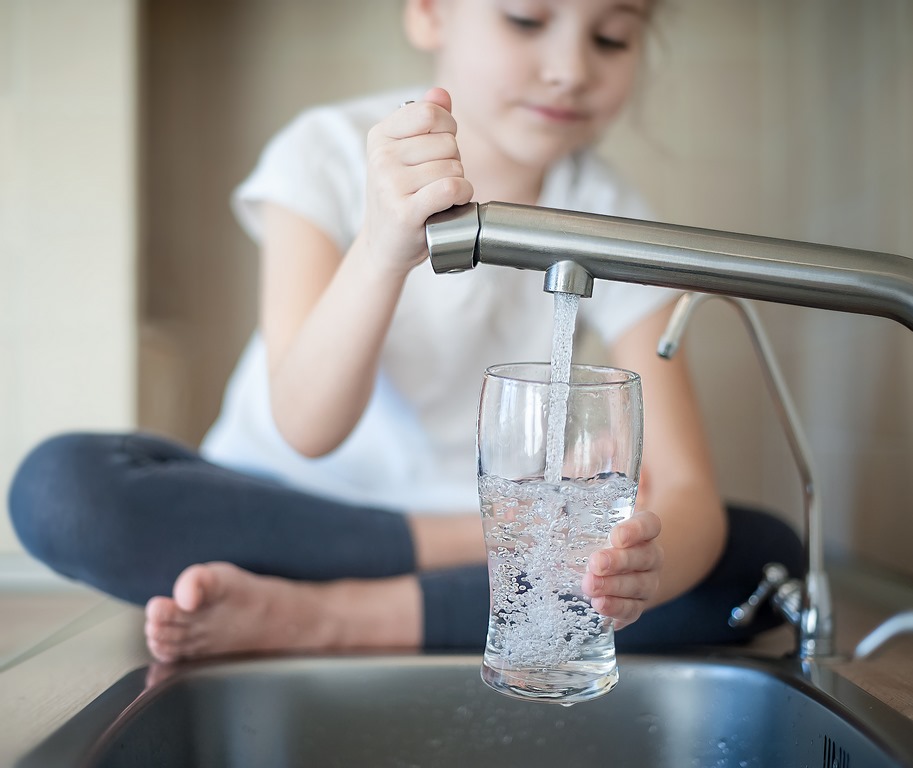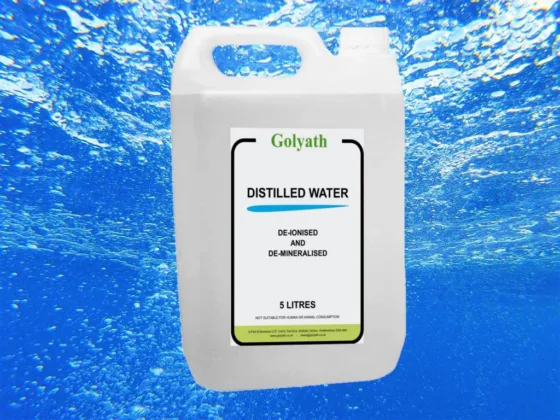Typically, most people pay attention to the purification of the water that they drink and use and getting hot water fast.
However, they tend to forget why it’s important to clean the tank where water is stored and kept.
More often than not, tank cleaning is essential to prevent bacteria, algae, and other harmful sediments from building up and contaminating your water. All of these sediments and more may significantly affect one’s health if consumed.

If you want to keep your water tank hygienic and dirt-free, here are six tips for cleaning and preserving it:
1. Inspect the Water Tank
Before starting the cleaning process, it’s important to get your water tank inspected. With proper inspection, you’ll know what’s going inside the tank as well as whether or not there’s dirt or other sediments building up.
Moreover, when you inspect the water tank, you can plan the procedures you need to implement to give it clean and ensure it’s free of corrosion.
However, if you think your home’s water tank has suffered too much corrosion, then it may be a sign that you should replace it with a new one. When choosing the right one, consider looking for quality tanks from The Water Tank Factory.
2. Drain the Tank
Once you determine that your tank is significantly dirt, you should begin the draining process as soon as you can.
First, you should make sure the stopcock is turned off to stop the flow of water. From there, open the outlet valve and drain out the remaining liquid; you can do this by connecting a hose, and feeding it to the garden or elsewhere.
By doing this, you can avoid wasting any amount of water left in the tank which can be used for several things such as washing your car, cleaning your windows, and more.
If you don’t want to shut down the water supply completely, you can put a length of wood on the tank and get the ball valve tied up to it, so you can empty the water storage as quickly as possible.
3. Clean and Scrub the Tank
Once you’ve emptied the water tank, the next step is to clean and scrub it. To get started, wear a pair of rubber gloves; use a scrubbing brush, hot water, and detergent to scrub the inside of the tank completely.
Be sure to check the corners of the tank, as well as the specific areas where there are joints and rivets when cleaning.
This is to make sure that no amount of water and detergent combination remains inside the tank. Additionally, if you’ve found a scale on the internal surfaces of the tank, then make sure to use a household descaler to remove it.
4. Wash and Rinse the Tank
After thoroughly cleaning the tank, it’s now time to wash and rinse it with clean water. You can do this by using a high-pressure hose pipe or water jet.
To ensure a more favorable result, be sure to keep repeating the rinsing process until the water that’s coming out of the tank is clear. Lastly, drain the water and get ready for disinfection.
5. Disinfect the Tank and Pipes
The last stage in the cleaning process is disinfection, to make sure your water tank is decontaminated and free of germs and other harmful sediments.
Thus, when you disinfect your tank and pipes, be sure to use an anti-bacterial spray or liquid bleach. Spread the liquid mixture around the inside of the tank and fill it with water to start the sterilization process.
6. Refill the Tank
Once you’re done with the disinfection, it’s time to turn on the stopcock or untie the ball valve to refill the tank with clean water. Be sure to replace the lid carefully to stop any debris from falling in.
Allow it to stand for at least 30 minutes before flushing it out again. From there, leave the water tank to dry. Once this is done, it’s ready for the final refill and use.
Bottom Line
Clean water is important to your health. Hence, you should make sure to clean your water tank from time to time to avoid dirt and germs and to make your water safe to drink.
Fortunately, tank cleaning doesn’t need to be difficult; follow the tips above, and everything should go smoothly.
If you think cleaning your water tank should be done by a professional, then feel free to avail yourself of professional service.
This way, the process will be much easier and faster for you; however, it will be much more cost-effective to tackle the project yourself, and you’ll know how to do it for future cleanings.










